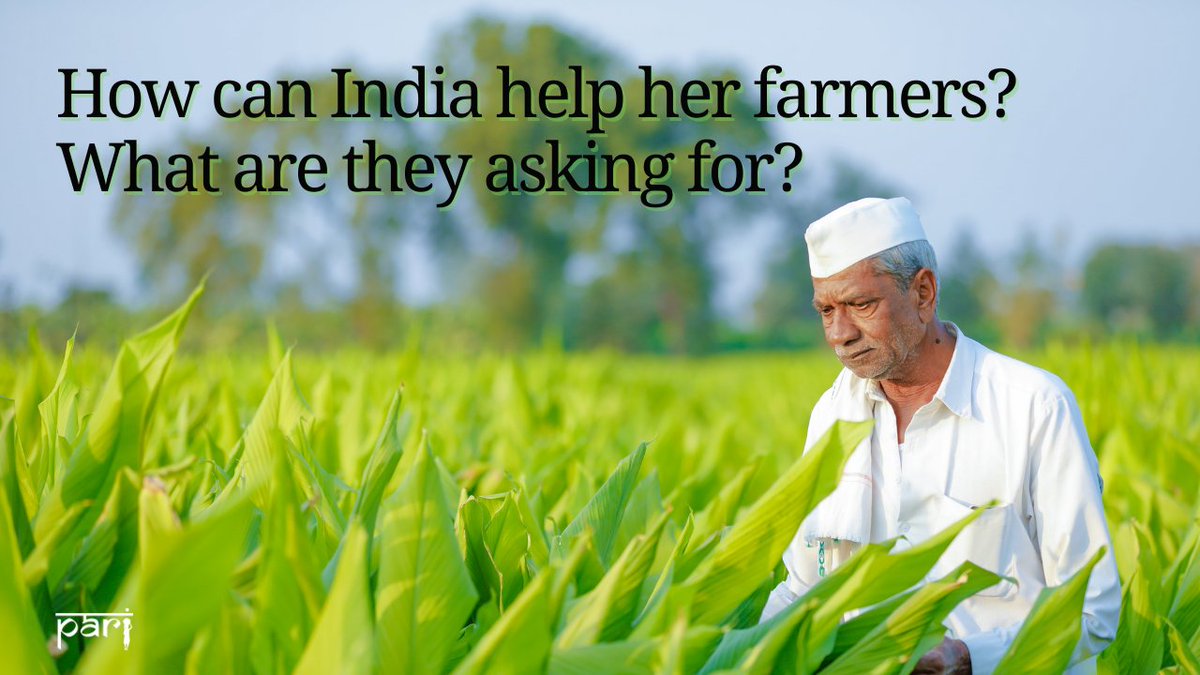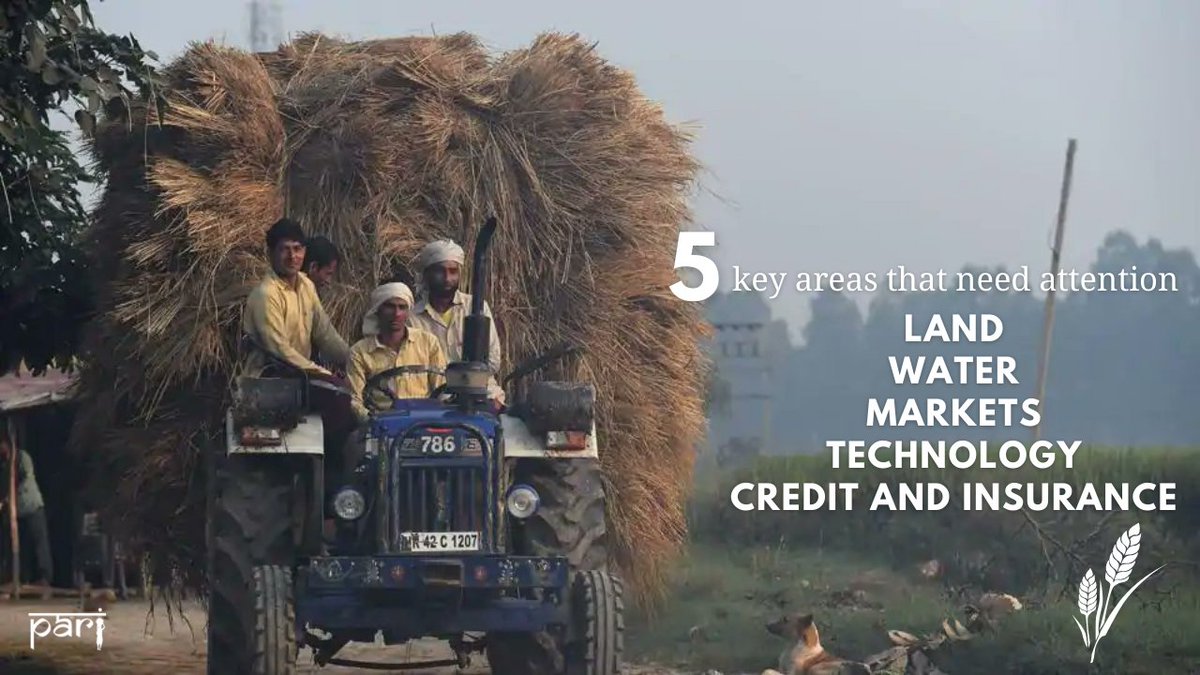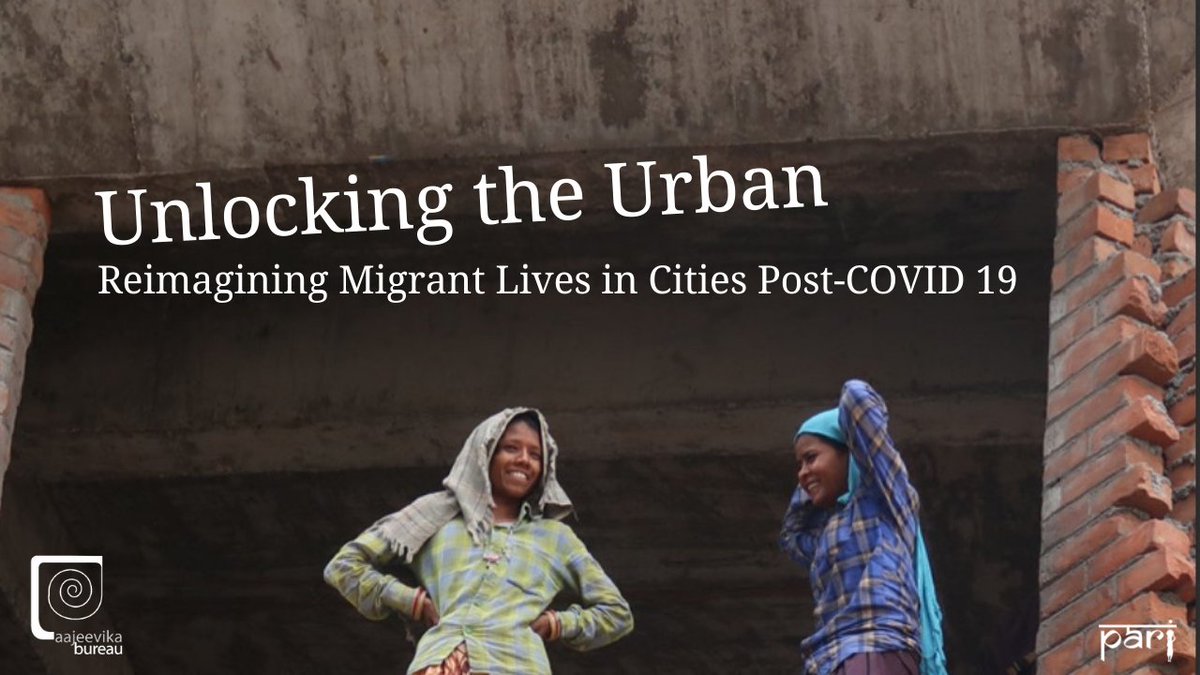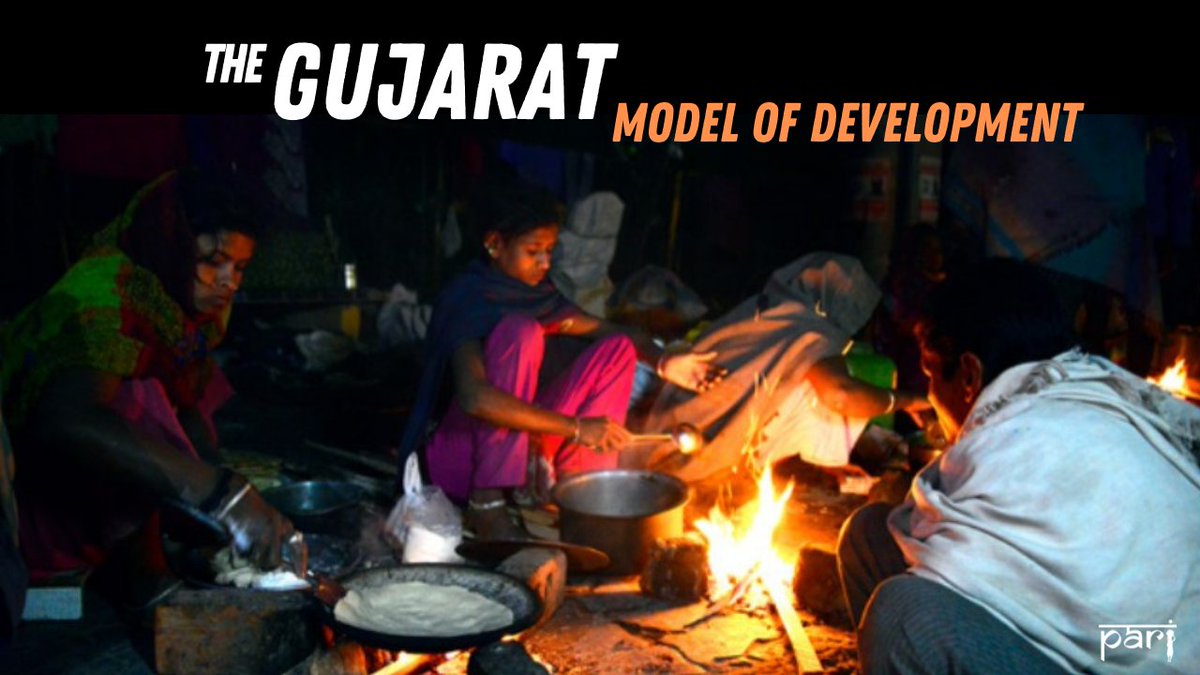
By simply implementing the recommendations of the Swaminathan Commission (National Commission on Farmers). The extensive reports’ main features are condensed into 25 simple points here. Have a look 🧵 

2| To make farming a viable activity and reverse farmers’ distress, the following factors need to be taken into account— unfinished land reform agendas, quantity and quality of water, technology fatigue, accessible, adequate, and timely institutional credit, and assured markets. 

3| The Swaminathan Commission (NCF) proposed putting farmers (and not traders) in charge of farmers’ markets. It calls for farmers to be regarded as partners in bringing about agricultural transformation and not as beneficiaries of government programmes 

4| It proposed a National Food Guarantee Act to ensure food and nutritional security; that people should be able to access grains from the public distribution system (ration outlets) whenever they want, wherever they want, in any quantity they want, subject to a few ground rules. 

5| The lowering of import duties on agricultural produce, slashing of input subsidies, the collapse of institutional credit, near-absence of public investment in agriculture, weakening of the PDS put undue pressure on the agrarian economy. 

6| Instead of benefiting from increased competitiveness and higher returns through exports, farmers had been adversely affected by an influx of foreign farm commodities. The NCF proposed the creation of an ‘Indian Trade Organisation’, with its own support blanket for farmers. 

Agriculture in developed countries is driven by capital, subsidies and technology, while India was characterised by weak support services, heavy debt and ‘resource and technology poverty’. The Indian Trade Organisation is meant to provide livelihood security and ensure fair trade 

8| Subsidies to farmers abroad protect them and greatly affected India’s competitiveness in the global market. In 1999, the annual/farmer subsidy was US $26,000 in Japan, $21,000 in the USA, $9,000 in Canada, and $66 in India. 20 years later, India is still lagging far behind 

9| With technology enabling deeper penetration of land for water extraction, groundwater levels had fallen. The report asked for initiatives like a ‘million wells recharge programme’ that would, with financial assistance, encourage farmers to channelise rainwater into their wells 

10| The report suggests that 50,000 farm schools should be established in the fields of successful farmers in order to share and educate others in effective farming practices. Eg. fallow farming in Kerala 

11| The report demands a New Deal for Women in Agriculture where the concept of work is widened to include running crèches, preparing mid-day meals, undertaking immunisation of children and providing family planning services. 

12| Apart from providing land rights to women, the report emphasises the need to ensure joint pattas (7/12 in Maharashtra) and make women eligible for Kisan Credit Cards as well as institutional credit. 

13| The reports suggest that Soil Health Clinics, run by self-help groups (SHGs), could issue Soil Health Cards to the farmers and help them identify and remedy micro-nutrient deficiencies in the soil. Also, fodder and feed banks need to be set up with urgency. 

With more than 20,000 scientists India’s agricultural R&D wing – the National Agricultural Research System – is among the largest in the world. However it hasn’t been able to fulfil the “more food, more income and more jobs” agenda. Better, focussed research is needed than this 

15| The NCF asked for agricultural progress to be assessed on the basis of the annual rate of growth in farmers’ incomes – not just production yield. It is imperative to reduce interest rates for farm loans like in China where rates are marginal or close to zero. 

16| It proposed a Farmers’ Livelihood Security Compact that would include setting up state-level farmers’ commissions; census of suicides and a survey of debt; debt waivers; initiating a shift from microfinance to livelihood finance; moving ahead with the family insurance scheme. 

17| The percolation of gains from land redistribution stopped at the middle level of peasantry. Only 40% of the total distributed land was given to the SCs and STs. Lacs of acres were still with the courts for dispute settlements as owners refused to hand over the land to Dalits 

18| The average indebtedness, even in regions of apparent agrarian prosperity, was on the rise. The cost-risk-return structure of farming adversely affected over 80 million farming families operating small holdings of 1-2 acres or less. 

19| A ‘millennium study’ by Dr. Abhijit Sen for the Ministry of Agriculture revealed that in the 1990s the actual average landholding of a farm family was bigger than the minimum required to keep it above the official poverty line only in 7 states – 

20| NCF recommended that Agricultural Produce Market Committees (APMCs) and State Agriculture Marketing Boards needed to change their role from regulatory agencies to promotional and developmental ones. Also, farmers must be adequately represented in policy-making bodies. 

21| Farmers during the consultations had suggested that NCF shouldn’t be wound up. It should oversee and monitor the implementation of its recommendations since previous commissions were unable to do so. The states in the North East needed a separate section for policies. 

22| The definition of the farmer is to be extended to include rural artisans who help in the agricultural needs. At the Odisha consultation, farmers voiced that banks and government officials were not courteous and respectful. The dignity of farmers and their labour is important. 

The Maharashtra, Goa, and Kerala consultation observed that agriculture was an activity in the service of the nation and needed a special budget. It was suggested that farmers’ rights be defined, and establishing special farmers’ courts, with a constitutional body to grievances 

24| The current investment in agriculture must increase if its declining share in GDP was to be reversed. The NCF said that the implementation of its recommendations would help achieve a 4% growth rate in agriculture and, in turn, an 8% growth rate in the country’s overall GDP. 

25| The NCF recommended adopting a ‘National Policy for Farmers’ before 2008, the 61st anniversary of India’s Independence. This policy truly needed to embody the true essence of the ‘Jai Kisan’ slogan.
“To those who are hungry, God is bread” – Mahatma Gandhi, 1946 [fin]
“To those who are hungry, God is bread” – Mahatma Gandhi, 1946 [fin]

All 5 volumes of the Swaminathan Commission can be accessed here for free.
ruralindiaonline.org/en/library/roo…
ruralindiaonline.org/en/library/roo…
• • •
Missing some Tweet in this thread? You can try to
force a refresh















